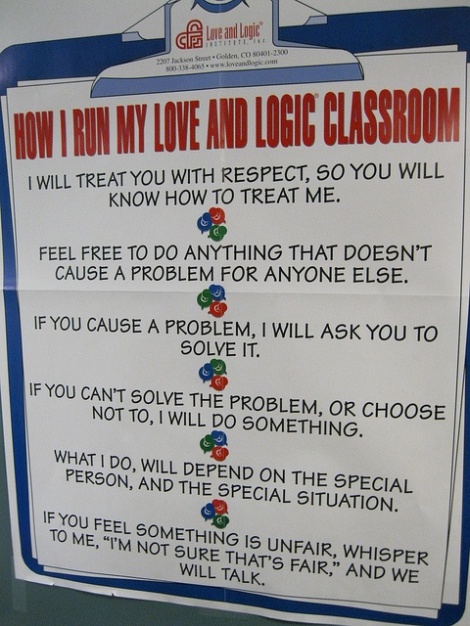In between all the schoolwork and impromptu trips to the pool, park, or local children’s museums to provide the copious amounts of gross motor activity 3 little boys need to ever fall asleep each night, I have some hobbies. Shocking, I know.
I’ve already read 3 books just for fun (Quiet, a random YA novel that was the third in a series I started ages ago, and The Witch’s Daughter), I’m saving The Handmaid’s Tale for when I’m dying for something new while I reread an old favorite, AND I’ve preordered the next installing in The Pink Carnation series, which is due out early in August. My neighborhood just updated the fitness center, so I decided to take advantage of that and have started exercising. I got several new card and board games for my birthday that I’ve been playing a lot. It turns out cooperative games are lots of fun, without the hurt feelings at the end because your husband put a hotel on Boardwalk when he KNEW you only had $300 left. (Talk about overkill!) I highly recommend Quirkle, Forbidden Desert, Forbidden Island, and Chrononauts. The “forbidden” ones are both cooperative, Chrononauts has 2 variations on gameplay, one of which is a solitaire version, and Quirkle is easy enough that my 6-year old can play, yet it’s challenging enough to still be fun for adults.
And then there are the many sewing and knitting projects I have either in progress or on my to-do list. It wasn’t until this morning when I actually added all my crafty projects to Wunderlist that I realized how many I have! And, of course, I want to finish them all before school starts and I get too busy to work on them again. I have a shawl in progress (Follow Your Arrow Shawl), and I’ve barely started the second fingerless mitt in a pair to wear on those fall days that are cold only in the morning and evening. I need to actually sew the next size cloth diapers I cut out months ago for my youngest; he needs to move up a size any day now. I also got a sewing pattern for Christmas (Amy Butler’s Liverpool Shirt/Dress) to do some selfish sewing that I haven’t done more to than look at it wistfully.
I really do have a deadline for the knitting projects though. My brother is getting married next year. It will be an outdoor wedding, in October…in New England. Translation: even if she chooses a long-sleeved dress, the bride will be FREEZING! So I volunteered to make a warm shawl for my sister-in-law to be, whom I adore and would rather not see her get pneumonia. I started the Rosana shawl once already, and completely messed up. I had to rip out everything I’d done, and was irritated about it. So I did what anyone would do; I procrastinated by starting a different project. I vowed to restart her shawl at least a year before the wedding though, to make sure I had plenty of time to finish it, which means all other nonessential craft projects stop in October.






